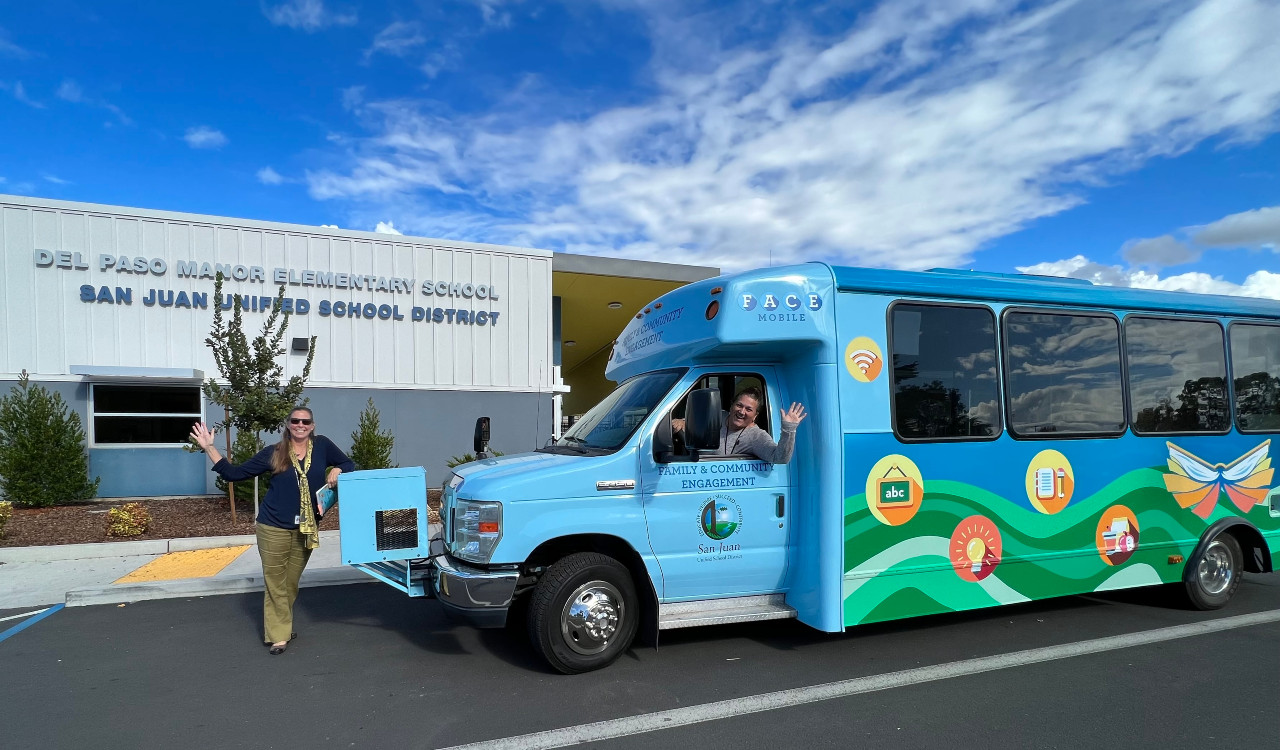By CSBA President Dr. Susan Heredia
The COVID-19 pandemic has revealed many hidden or underreported truths about American society. One of the most significant revelations is the extent to which schools are not just institutions of learning, but also hubs of community in neighborhoods across the country. This is old news for most CSBA members, but it was an epiphany for much of the public. Californians discovered that, without schools, our society can’t function properly. When schools close, the workplace fractures, home life is made more complicated and many families struggle to get the food, health care, child care and mental health support they need.
As governance teams, we can use this realization to bolster support for community schools and improve our ability to serve the whole child, increase equity and strengthen the integration of schools with their surrounding neighborhoods. With that in mind, The Coalition for Community Schools identifies five conditions for learning that are necessary for successful community schools:
- The school has a core instructional program with qualified teachers, a challenging curriculum, and high standards and expectations for students.
- Students are motivated and engaged in learning — both in school and in the community.
- The basic physical, mental and emotional health needs of young people and their families are recognized and addressed.
- There is mutual respect and effective collaboration among parents, families and school staff.
- Establishing a school climate that is safe, supportive and respectful and that connects students to a broader learning community.
Many California school districts and county offices of education have used the community school model to improve student outcomes by leveraging community partners and assets to provide a wide range of programs and initiatives. These local educational agencies use community schools to offer wraparound services like physical and mental health care, meaningful family and community engagement, extended learning time and after-school programs and collaborative practices that strengthen the curriculum through community-led, project-based, experiential and service learning.
As of last year, five out of the 12 schools in the Bay Area’s Redwood City School District are now community schools. As the program has grown, so has the focus on family engagement, and the number of parents attending on-campus events and adult education courses. The district’s community schools now offer language classes to parents learning English, which produces opportunities for community integration and improves job prospects. That impact translates to classroom success, as Redwood City SD Board President Alisa MacAvoy told CSBA’s California Schools magazine in the summer 2020 issue, “At our community schools, we see high levels of family engagement. The other thing is that we’ll see higher levels of attendance, and we know that absenteeism rates are directly related to academics. It’s really important to have parents and guardians engaged in [their child’s] education and understand how they can support their students.”
That California Schools magazine article explored the benefits of community schools and spoke to Jennifer Peck, president and CEO of The Partnership for Children & Youth, a Bay Area advocacy organization that promotes high-quality learning opportunities for underserved youth. “It’s no longer in question that a child’s physical and mental health, housing stability or lack thereof, hunger, trauma and other factors impact a student’s ability to learn in the classroom,” Peck said. “These challenges are so severe for some students that it’s a struggle to attend school consistently, let alone be present and able to engage with the instructional day. While districts aren’t necessarily resourced or prepared to tackle all these factors, they clearly have no choice but to tackle them if they have any chance of achieving the academic goals they set for their student body, and to do it in any kind of equitable way.”
Addressing the social factors impacting student achievement can be more challenging in parts of the state that lack the financial or institutional resources that are more common in heavily populated areas. Yet, LEAs like the Lake County Office of Education are finding a way. Like Redwood City SD, Lake County traces its community schools effort back to a Healthy Start grant in the mid-1990s. Lake COE has continued the program by piecing together various grants in order to fund a wide array of programs including medical health services, housing assistance, support for foster and homeless youth, adult education classes and child abuse prevention courses for parents. Lake County staff told California Schools that, because of resource limitations, they can only offer certain services at one or two campuses or cover just a couple days a week for a few hours at different school sites. This is where last year’s funding for community schools, as well the additional amount announced for this year’s budget, can make a big difference for LEAs and the students they serve.
The 2021–22 state budget provides $265 million in one-time funding to expand community schools in California. The California Community Schools Partnership Program will use this money to award grants on a competitive basis while prioritizing schools that:
- Have a low-income population of at least 80 percent
- Demonstrate need for increased access to wraparound services
- Commit to partner in a consortium with other schools or county agencies committing matching funds for student services
- Produce a plan for sustaining community school services after grant expiration
- Are cosigned by partner government agencies, such as county public health, county health and county mental health agencies
This grant program presents a fantastic equity-building opportunity for schools, particularly those who are serving some of the state’s most high-need students. The importance of community — and the importance of community schools — has never been more obvious.





